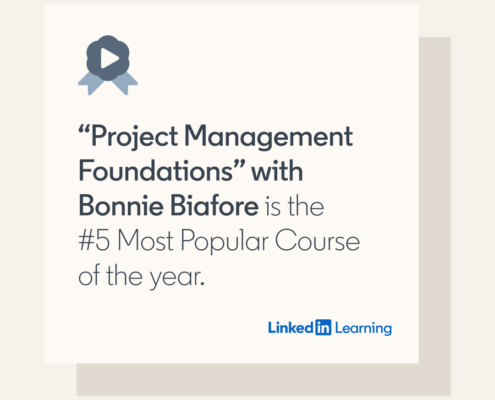Is Your Project Ready to be Re-launched?

Photo by Setyaki Irham on Unsplash
Management might put a project on hold because other priorities take precedence or it needs recovery. When it’s time to relaunch, you don’t pick up where you left off. Here’s the sequence of steps to take to relaunch a project:
- Document what changed. Team members must understand that things will be different. Otherwise, they might not dedicate themselves to the project for fear of failure. To restore confidence, share changes, such as changed priorities, new project management approaches, and scope changes with all stakeholders.
- Meet to review or revise project goals. Revisit project outcomes in case business circumstances have changed. Talk to business stakeholders and technical team members about reprioritizing outcomes or proposing new ones. Make sure that the project is still feasible. Communicate any changes to project goals to all stakeholders.
- Hold a re-kickoff meeting. A relaunch is like a new project starting. At the meeting have the sponsor reaffirm the organization’s dedication to deliver the project and share the schedule and budget. Communicate any reprioritized project goals. Introduce new team members that are joining the relaunched project.
- Expand project monitoring and reporting. Focus status reporting on the root cause of the project stoppage. Senior leaders will want assurance that priority or process issues won’t reoccur. Use status metrics that can provide that assurance. Discuss any other concerns senior leaders have with the relaunched project and tailor your status reporting to address those issues.
- Be positive. People will watch your attitude and behavior as project manager as the relaunched project progresses. Maintain a positive attitude, and you’ll inspire confidence in the relaunched project.
If you have other tips for relaunching a project, share with us in the comments section.
For more about launching projects, check out my Project Management Foundations course.
Coming up:
 I’m thrilled to share that my course Project Management Foundations is LinkedIn Learning’s #5 Most Popular Course of the year globally! These skills are important today and into the future because change drives new projects and the pace of change continually increases. The course is free through August 2022.
I’m thrilled to share that my course Project Management Foundations is LinkedIn Learning’s #5 Most Popular Course of the year globally! These skills are important today and into the future because change drives new projects and the pace of change continually increases. The course is free through August 2022.
The Hot New Skill for Project Managers: Supply Chain Management
Daniel Stanton and Bonnie Biafore were talking about why project managers need to understand supply chain management as well as why supply chain managers need project management skills. In this Office Hours, we’re going to dive deeper into career opportunities for project managers expanding their expertise into supply chain management. That’s right, supply chain management is the hot new skill for project managers
Overcoming Obstacles for Global and Remote Project Teams
Working remotely is a reality today: it’s increasingly important to pay attention to the quality of our interactions with our distant colleagues. Language, culture, and distance influence the way we work together with stakeholders on our projects. We can either leave these factors to chance, or we can learn to leverage them to improve our project outcomes.
https://www.linkedin.com/









